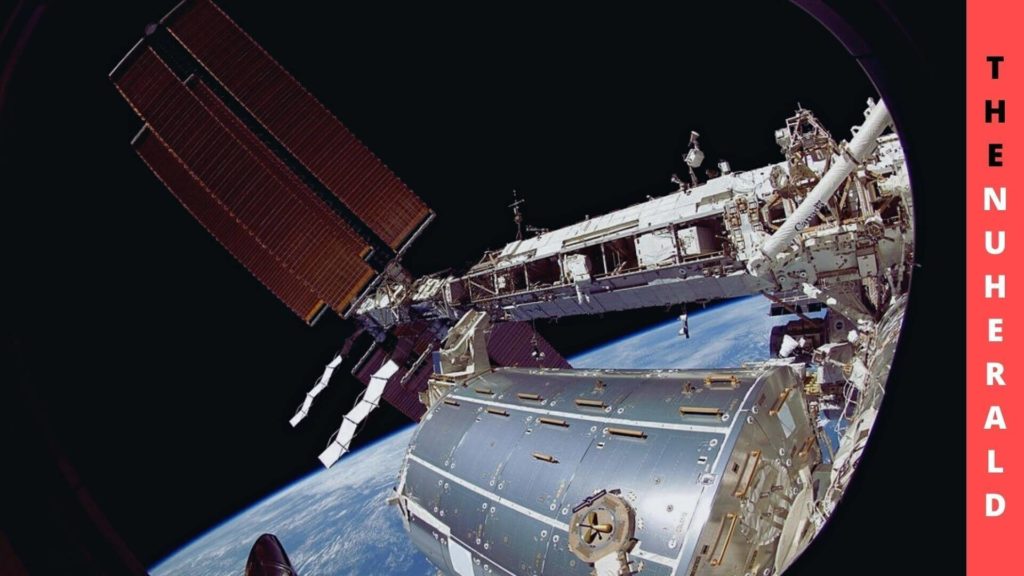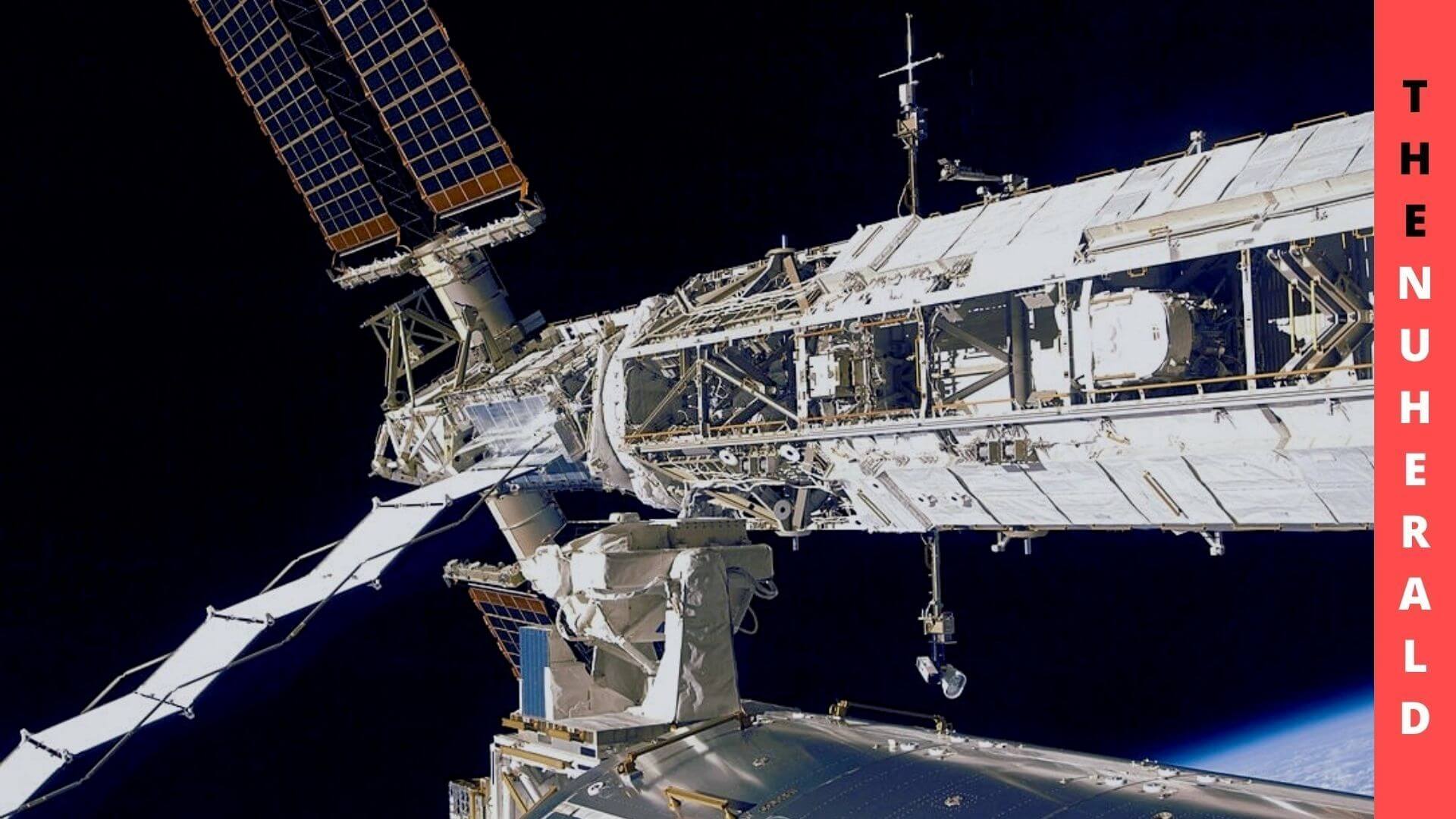Kibo was a laboratory module that was donated by Japan to the International Space Station. It was first launched and constructed upon three space shuttle missions to do various research activities. Kibo modules were designed to conduct scientific research by staying in orbit, which could be very resourceful for bringing opportunities in educational, commercial, and cultural aspects. Kibo modules were able to get power, data, air, and cooling fluid with the U.S station segment to offer accurate analytical data.
How Was The Kibo Module Installed?
Kibo, otherwise known as JEM, stands for Japanese Experiment Module that took part in NASA’s ISS program. Since it was Japan’s first human Space facility, it helped the ISS tremendously with the module’s unique research capabilities.

These modules are large enough to contain about four astronauts max for working on various research experiments. Kibo module offered two types of research facilities, pressurized facility, exposed or unpressurized facility.
ISS prepared for the launch of three Kibo space shuttle flights on various dates.
1. The ELM-PS
This shuttle is a pressurized facility for the experiment logistics module that is launched on the STS-124 assembly flight 1 J/A of Endeavor from 11th March to 26th March 2008. Along with this Kibo module, there was also Dextre, provided by Canada, that was launched just a few days later, which is an automatic device with two arms for special purpose dexterous manipulation.
2. The JEM-PM
This Kibo module is a pressurized one that was launched on the STS-124 assembly flight 1J/B of Discovery from 31st May to 11th June 2008.
3. The JEM-EF And ELM-ES
This Kibo module is a con-joined shuttle with an exposed facility and exposed section, which were launched on STS-127, ISS assembly flight 2J/A of Endeavour from 15th July to 31st July 2009. The prominent focus of this module was for delivering and installing the last three components of the Kibo, i.e., MAXI, ICS-EF, and SEDA-AP. The ICS-EF stands for Inter-Orbit Communication System- the exposed facility is used for relaying data between Kibo and Operations Control System at Tsukuba of JAXA.
What Experiments Were Done In The Exposed Facilities Of The Kibo Modules?
The sole purpose of the Kibo module was for experimenting in space medicine, biology, biotechnology, earth observations, and communication research. All of the experiments and systems of the Kibo modules are monitored and operated from the Mission Control Room in the Space Station Operations Facilities at Tsukuba, Japan.
The ISS utilization of Kibo mostly focused on Earth observation instruments, introducing technology in space, and observing the environmental effects. Therefore, Earth observation payloads are facilitated in the external facilities of Kibo modules.
The JEM-EF of the Kibo module was an external platform utilized for working on various scientific observations associated with space and Earth and experiments related to exposing an environment to space. A total of twelve exposed facility units are present in the JEM-EF. Nine of the units are disposed for users, and the other three units are used for the Kibo experiment logistics module and other temporary storage.
External experiments were done on the Kibo modules:
- Cosmic ray energetics and mass experiment
- Monitoring the effect of CO2 in the atmosphere of Earth through a flight spare from OCO-2.
- Investigation on global ecosystem dynamics on ISS exposed facilities
- Hyperspectral Imager Suite replacement for HREP
- CALorimetric electron telescope from JAXA for observing high energy
- Ecosystem spaceborne thermal radiometer experiment on Space Stations.
- Observing minute and weak sub-millimeter wave emissions of trace gas molecules in the stratosphere level.
- Hyperspectral imager for the coastal ocean and remote atmospheric and Ionospheric detection system with the experimental payload.
Conclusion
Japan has been making tremendous contributions to the ISS projects via JAXA, and Kibo is one of them. Kibo Modules have given many significant analytical data that can further strengthen the experimental missions for space navigation.
